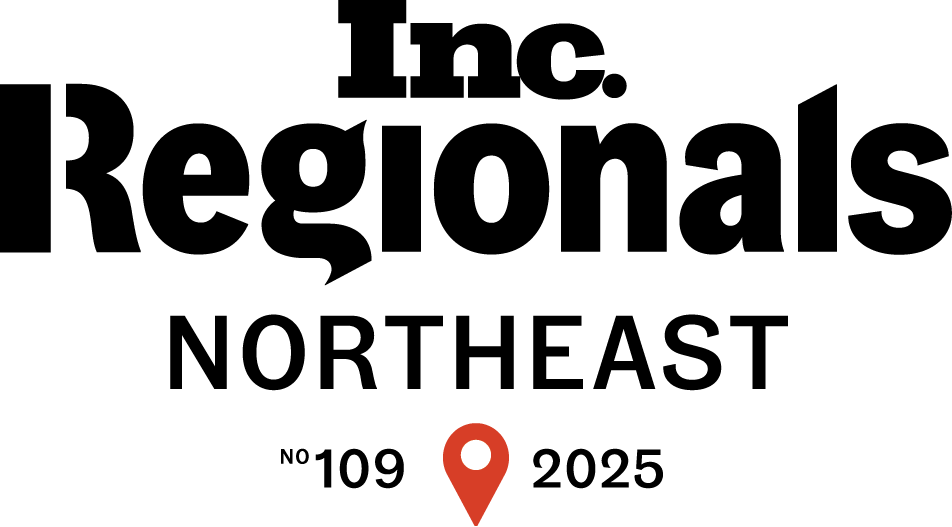Energy Innovation: A Brief Guide to Some Key Energy Terms
Understanding modern energy terms is essential as the energy landscape evolves. Concepts like Distributed Energy Resources, Microgrids, and Demand Response are shaping how electricity is generated, stored, and managed. This guide breaks down key energy innovations, their benefits, and how businesses can leverage them to improve efficiency, reduce costs, and enhance sustainability.
Co-Authored by Ryan Smith | Renewable Program Specialist and Yvonne Jiang | B2B Marketing Specialist
As energy systems undergo transformations, new technologies and methodologies are emerging to enhance efficiency, resilience, and cost-effectiveness. It is important for businesses to comprehend key concepts such as Distributed Energy Resources (DER), Microgrids, Demand Response, and Virtual Net Metering in order to optimize their energy strategies. Freedom Energy Logistics, along with our team of experts, collaborates with businesses to formulate strategies that ensure long-term energy certainty, resiliency, and financial savings.
Distributed Energy Resources: Localized Energy Generation
Distributed Energy Resources: DERs refer to localized, small-scale electricity generation and storage sources that can range from storage systems like batteries to generation setups such as solar arrays, and management tools like smart meters. These assets can either be connected to the power grid or operate independently to supply energy to specific sites. DERs play a crucial role in enhancing energy efficiency, resilience, and cost-effectiveness by decentralizing power generation and management, thereby reducing dependence on large, centralized power plants.
Microgrids: Microgrids are small-scale power grids that consist of interconnected loads and DERs to generate and supply electricity independently for a local area. These systems enhance energy resilience by providing supply independence for a portion of overall consumption, which is particularly attractive in markets where capacity costs are rising. By decentralizing power generation and management, microgrids reduce dependence on large, centralized power plants, thereby increasing efficiency and cost-effectiveness.
Virtual Power Plant: A VPP is a large-scale connected aggregation of DERs, managed by a centralized control system to efficiently balance supply and demand across a wider area than Microgrids. VPPs integrate various local energy sources, including batteries and solar panels, to deliver a coordinated and dependable power supply. By leveraging the interconnected resources, VPPs enhance grid stability, optimize energy usage, and improve overall cost-effectiveness and resilience, making them a crucial component in modern energy management strategies.
Demand Response: Demand Response is a program designed to encourage electricity customers to reduce their consumption during peak demand periods in exchange for financial incentives. This collaborative effort helps balance electricity supply and demand, easing the pressure on the power grid and improving overall grid efficiency.
Demand Response is a win-win for both electricity consumers and the power system. Reducing load during peak hours not only relieves pressure on the ISO to distribute electricity and maintain grid stability but can directly reduce a major line item on your electricity bill (capacity charge). Accurately predicting the time of this event and effectively reducing your usage results in dollar savings as well as supporting grid efficiency and performance.
A Complementary Relationship: Demand Response, VPPs, and Microgrids
When integrated with other systems, Demand Response, VPPs, and Microgrids can further optimize energy usage and cost-effectiveness.
During peak hours when the grid is dispatching maximum power, Demand Response programs require users to reduce their energy consumption. A potential solution for meeting curtailment requirements without halting operations is integrating VPPs with an onsite microgrid. By utilizing power from a localized microgrid rather than the electrical grid, end users can significantly reduce their reliance on utility-supplied power during these periods. This strategy can help minimize capacity charges on monthly bills.
Freedom Energy’s team of energy advisors actively searches for suitable solutions in the storage and capacity management space, connecting decision makers with cost-effective projects. To explore how capacity management strategies can help optimize costs, find out more about our capacity management capabilities here.
Virtual Net Metering & Net Energy Billing
Virtual Net Metering: VNM is an extension of on-site net metering whereby a renewable asset owner sells generation to the grid and allows end users to receive a share of that transaction in the form of billed credits. Large generation assets (utility-scale, typically starting at 1MW in size) sell their power to the utility for widespread distribution. The generation owners must demonstrate a certain amount of power will have a “place to go”, in the form of electric accounts of a certain size. Those account owners who become “virtual off-takers” of that generation will receive a share of the asset’s power sale to the utility.
Net Energy Billing: NEB is another billing mechanism that credits renewable energy owners for sending their electricity back to the grid. Like Net Metering, not all states have adopted Net Energy Billing, and different states have different programs and policies.
Both programs are methods for renewable energy owners to reduce electricity costs, but their billing mechanisms differ. Net Metering typically provides participants with kWh credits, which decrease their net energy consumption and consequently their electricity expenses. The credit rate is generally at the retail electricity rate. Net Energy Billing, however, generally offers participants dollar credits on their electricity bills, with credit rates usually predetermined or at the utility’s wholesale rates. For information about what is available in your state or utility area, or to learn more about sustainability programs, contact our team.
References & Additional Resources
Meet the Writers

Yvonne Jiang
B2B Marketing Specialist
Freedom Energy Logistics
Yvonne Jiang serves as B2B Marketing Specialist at Freedom Energy Logistics, where she combines her passion for energy and technology with expertise in marketing strategy and business development. With a background in digital campaigns, event marketing, and data-driven insights, Yvonne plays a key role in driving brand visibility and supporting client engagement. Her strong analytical skills and creative approach help strengthen Freedom Energy’s marketing initiatives while supporting the company’s growth in the evolving energy sector.

Ryan Smith
Renewable Program Specialist
Freedom Energy Logistics
Ryan Smith is a Renewable Program Specialist at Freedom Energy Logistics, where he focuses on helping clients achieve their sustainability and clean energy goals. With experience in energy advisory and renewable program development, Ryan supports clients with solutions including clean energy plans, battery storage, and carbon-neutral strategies. His economics background and strong client-focused approach ensure that clients receive tailored energy solutions aligned with their environmental and financial objectives.







Connect With Us